Are you worried about riding your electric motorcycle in the Winter because you just bought one? You may be thinking about getting an e-bike, but you’re still determining if you can ride it in the snow.
Regardless of the situation, you are in the correct place. Winter remains a concern for most e-motorbike riders for various reasons, which is understandable. After all, riding a motorcycle might be significantly more difficult due to the harsher weather and rough ground.
This post will provide tips for Riding Your Electric Motorcycle in Winter. Continue reading to learn more!
Is It Possible to Ride an Electric Bike in the Winter?
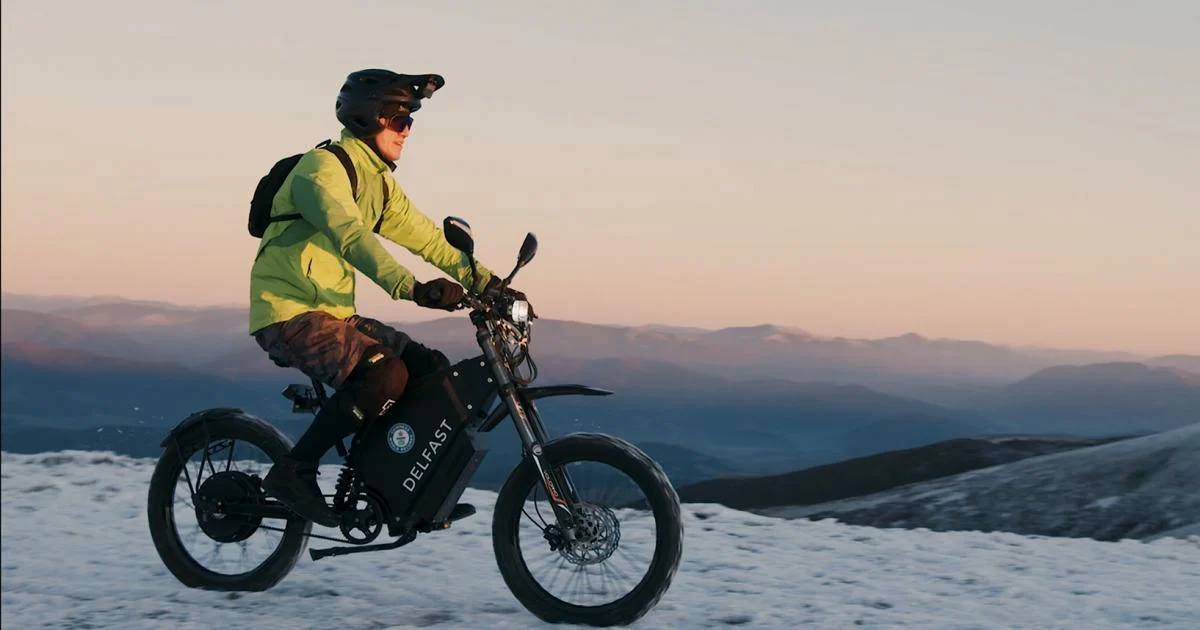
The answer is yes if you’re wondering whether you can ride your e-motorcycle in the winter.
Even in the cold, slick, and snowy winter conditions, you can ride your e-bike. You’ll need to take a few measures to keep yourself safe while riding through the winter.
You May Also Like
As a result, you must be prepared to invest extra time in preparing yourself and your e-motorbike for specific weather conditions.
Riding tips to keep you safe in winter
While maintaining your safety and the quality of your motorcycle, the following tips will help you enjoy your e-motorcycle rides in winter:
1. Protect your battery
One of the essential parts of an electric motorcycle is the battery. It is, however, unfortunately, also the most sensitive, particularly in the winter.
Your electric motorcycle battery will likely lose charge more quickly and freeze in the winter. Therefore, it is generally better to avoid leaving it outside in the cold for long periods.
Additionally, if you’re going to store your electric motorcycle, ensure the battery is at least halfway charged but not fully charged. Take it out of the motorcycle after that and keep it stored separately.
2. Use the right tires
Although your electric motorcycle may travel over snow, you must realize it is not a good situation. As a result, riding over snow usually requires more effort from your motorcycle.
However, equipping your e-motorcycle with the right tires may reduce the inconvenience of riding through the snow by improving your bike’s traction.
We advise spending money on good tires inflated with less air pressure than usual since they offer more grip.
3. Wash your bike after every ride
Your electric motorcycle will undoubtedly be covered in snow when riding in the winter. The weather can cause corrosion, damage, and wear to vital components if you keep this on your bike for an extended period.
As a result, it’s a good habit to wash out your e-motorcycle after each snowy ride. Apply a little solvent and then use a clean cloth to wipe it down. Or you may use a clean cloth to dry-clean it.
Additionally, you can apply sprays on your bike’s metal components to avoid corrosion.
4. Check your brakes often
Your brakes might be damaged by the icy winter weather and become less effective. As a result, checking your brakes before and after each ride is essential to ensure they are in excellent condition.
Check the brake pads to ensure they are suitable for challenging winter travel. It would also help if you looked for any indication of freezing or dampness on the brake levers and wires.
5. Understanding when to avoid the road
Examine the route in advance if you are traveling somewhere new. You want to get lost with a working GPS in an unfamiliar area.
Knowing the route keeps you vigilant for any unexpected turns and other hazards. Even on well-traveled paths, you should know when to avoid biking there. A well-traveled path could become dangerous for two-wheelers due to the weather.
6. Remember to bring your tools
Before starting your eagerly anticipated road trip, make a quick stop at the mechanic to ensure you have everything you need. Remember that every bike has unique requirements, including a spare tube, brake cables, and spare tube. Although we can feel your excitement, include them before you depart.
7. Charge the battery of your e-motorcycle at room temperature
Charging your electric motorcycle battery in freezing or severely cold temperatures can dramatically reduce its lifespan. So, before recharging your battery after riding your bike in the cold, let it warm up to room temperature or close.
Naturally, this requires you to either roll your motorcycle inside or remove the battery and do so. Before you begin charging your battery, it should be between 16 and 18 degrees.
8. Dress appropriately
When traveling in the cold, you must safeguard your electric motorcycle and yourself. Otherwise, you might need help to adequately handle your motorcycle due to the bitter cold.
As a result, you should dress appropriately for winter riding to protect your body from the weather.
Winter clothing essentials include wool or synthetic layers, waterproof jackets, gloves, sturdy boots, and a wool hat. Wool is a fantastic fabric option for the winter since it repels moisture and offers insulation and comfort.
Additionally, invest in waterproof footwear to keep your feet as dry as possible. Wear ski goggles or protective sunglasses to further safeguard your eyes from snow and debris.
9. Ride smartly and safely
Although you might be tempted, you should resist the urge to drive quickly on icy roads. Snowy conditions on road surfaces can cause your bike to skid, which could lead to you losing control. Keep your headlights on if there is poor visibility. Make sure they are perfect, and your helmet’s visor is clean and undamaged.
Conclusion
Winter riding on an electric motorcycle can be a fun challenge. Your safety should come first, however. As a result, you must avoid riding so carelessly that you risk your electric motorcycle.
The advice in this article should enable you to Ride Your Electric Motorcycle in Winter.
FAQs
There are several types of e-bike batteries, but as a general guideline, anything below -20 degrees Celsius is too cold for an e-bike to function correctly and anything below -15 degrees is too cold for storage. The performance and range of batteries will be seriously affected by these temperatures.
Electric bikes shouldn’t be exposed to the elements without a covering; with time, rain and fog will enter the electrical components of exposed electric bikes.

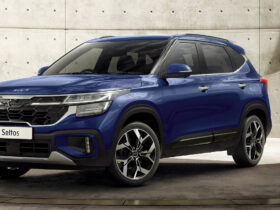
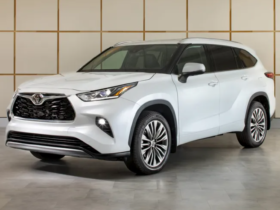
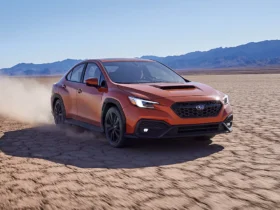
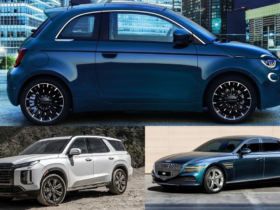
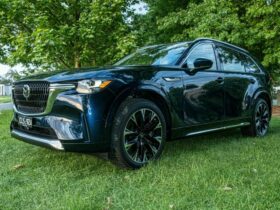
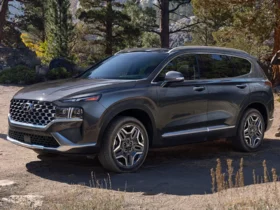

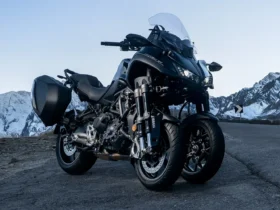
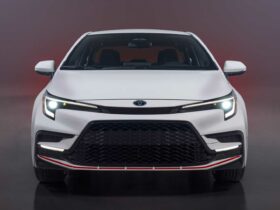
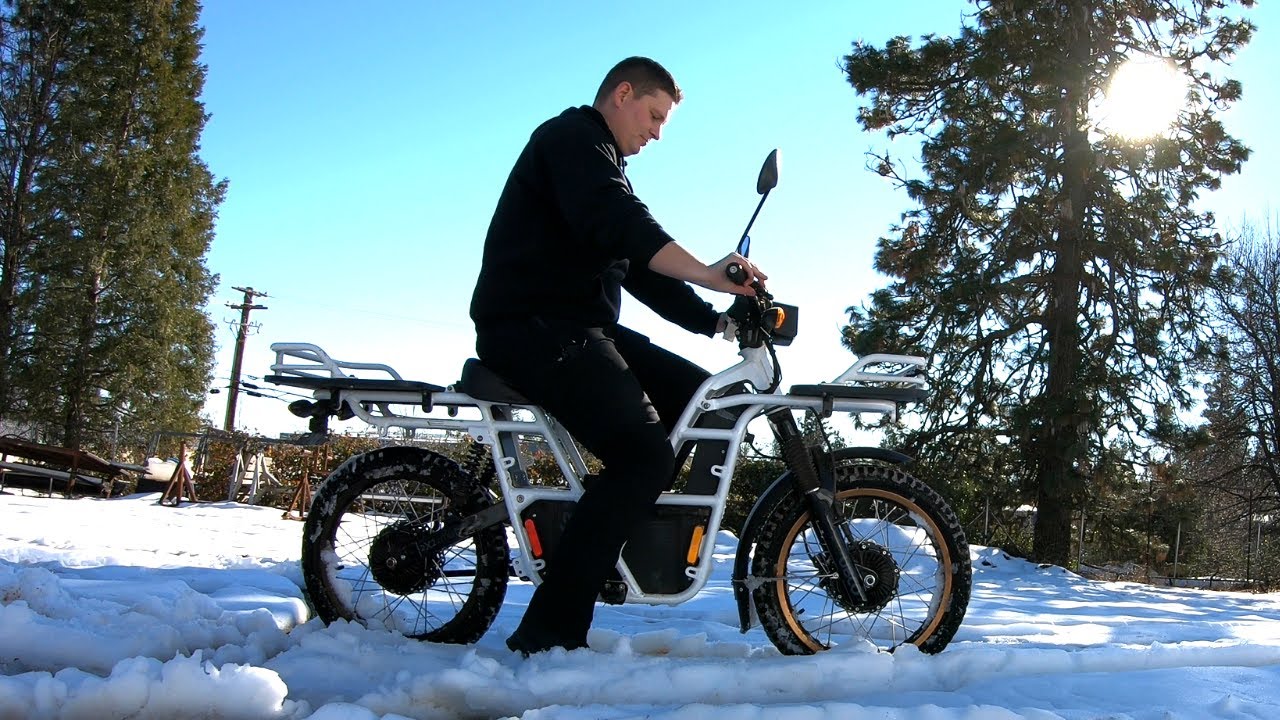
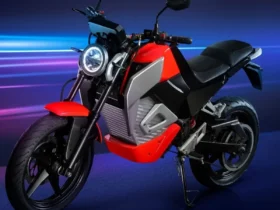
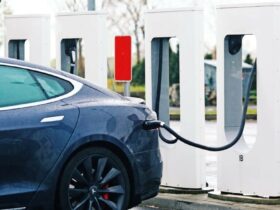
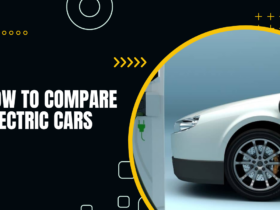

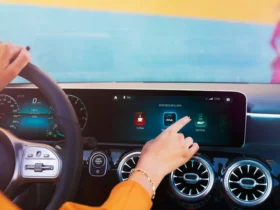

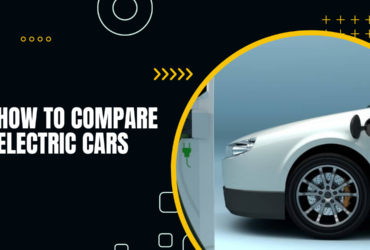
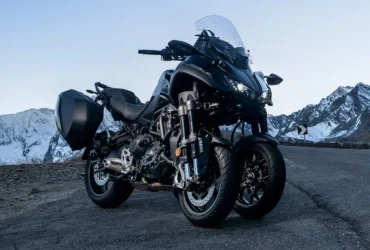

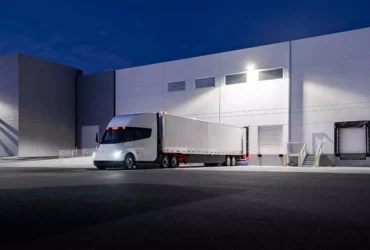
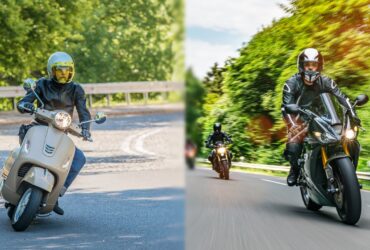
Leave a Reply